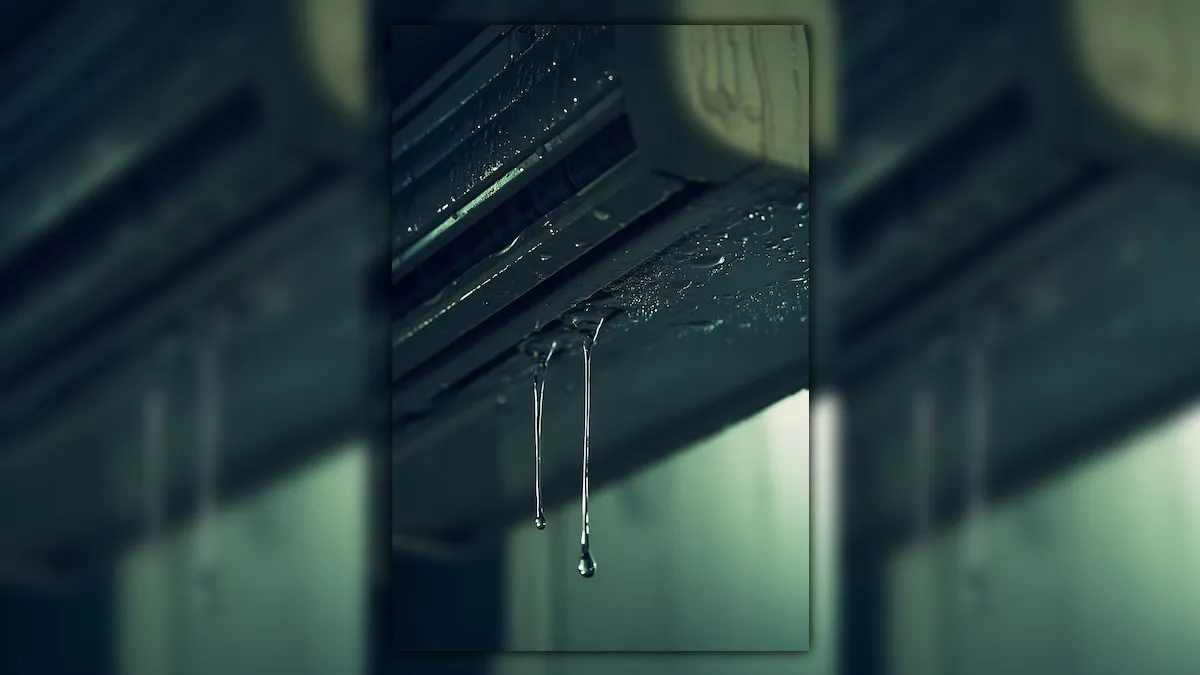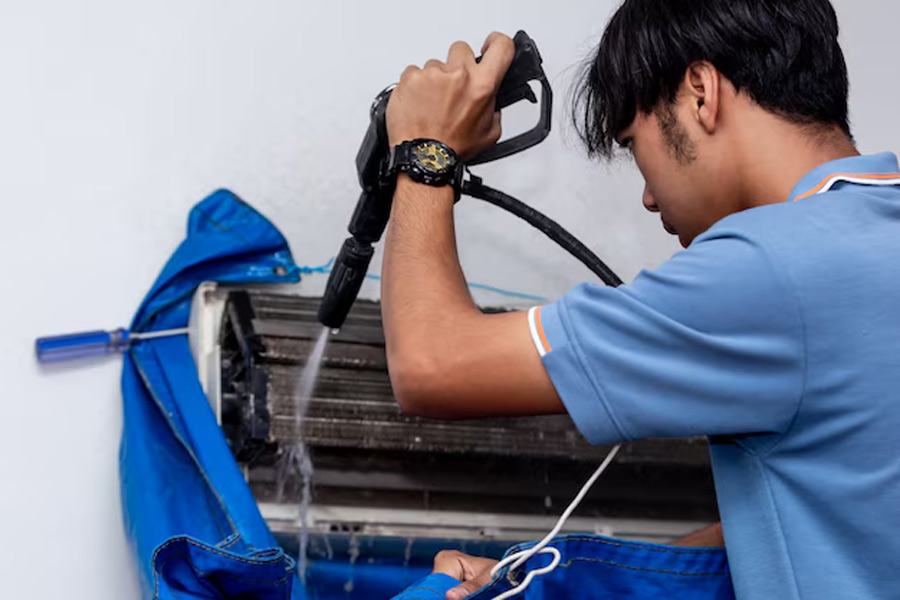
Water Leaking From Your Window AC? 5 Common Causes And Easy Fixes To Try At Home
Few things are more annoying than discovering water leaking inside your home, especially when it’s coming from something unexpected like your window air conditioner. While an AC leak doesn’t always mean your unit is damaged beyond repair, it does indicate an issue that needs attention sooner rather than later.
There are several reasons why your window AC might be leaking, and knowing the difference between a simple DIY fix and a problem that needs professional help can save time and money. Here are some common causes and easy at-home solutions to try if your AC starts dripping.
Causes Of AC Water Leakage
If you are not familiar with how an air conditioner works, spotting the reason behind a water leak might seem tricky but it’s usually simpler than you think. In most cases, you won’t even need to take the unit out of the window to find the problem.
Here are some reasons why your window AC might be leaking water:
- Incorrect installation: A window AC shouldn't sit completely level. It should be slightly tilted so that the back (the outside part) is lower than the front. This helps water drain properly to the outside. If the tilt is wrong—especially in newly installed units—water can pool and leak indoors.
- Clogged drain pipe: Many units have a drainage hose or pipe to remove condensation. Over time, this can get blocked, causing water to back up and spill from the unit.
- Dirty air filter: A clogged filter blocks airflow, which can cause the evaporator coil to freeze. Once the ice melts, water may leak from the front of the AC. A quick filter cleaning or replacement may solve the issue.
- Cracked or rusted drain pan: Though less common, especially in newer models, an old or worn-out AC may have a damaged drain pan that can no longer hold water properly.
- Refrigerant leak: Like a dirty filter, low refrigerant can cause the unit to freeze up. As it defrosts, water may start dripping. Sadly, in many cases, this means the AC needs to be replaced.

How To Fix AC Water Leakage At Home
1. Check the AC’s Tilt
Window air conditioners should not sit completely level. The rear (outdoor side) of the unit needs to be slightly lower than the front (indoor side). This helps ensure that the condensation water flows outside rather than dripping indoors.
Don't Miss: How To Clean Your Flask Bottle: A Complete Guide; 4 Additional Tips Inside
2. Clean or Replace the Air Filter
A dirty air filter can block airflow and cause the evaporator coil to freeze. When the frozen coil begins to thaw, the excess water can drip inside the room. Remove the air filter and clean it thoroughly using water and mild detergent, or replace it if it looks worn out or heavily clogged.
3. Unclog the Drain Hole or Pipe
Many window AC units have a small drainage hole at the bottom of a drainpipe to allow water to exit the unit. Over time, dirt, dust, or debris can block this passage, causing water to pool and leak indoors. Use a piece of wire, a pipe cleaner, or even compressed air to gently clear any blockage in the drain area.

4. Inspect the Drain Pan
The drain pan sits beneath the evaporator coils and collects condensation. In older units, this pan can rust, crack, or develop holes, allowing water to leak. Inspect the drain pan using a flashlight and look for any signs of damage. If it’s cracked, applying waterproof epoxy may be a temporary fix, but a long-term solution would be to replace the pan or the entire unit if it’s too old.
5. Avoid Running the AC on Extremely Humid Days Without a Break
On very humid days, AC units can collect more water than they can drain, especially if they're older or undersized for the space. Try running the AC in intervals or switching to a dehumidifier mode if available, to prevent overflow.
Don't Miss: How To Clean Greasy Pillow Covers In The Washing Machine: Step-By-Step Guide
If these steps don’t resolve the issue, the problem could be more serious, such as a refrigerant leak, and professional help may be required.
Keep reading Herzindagi for more such stories.
Credits: Freepik
Also watch this video
Herzindagi video